Indonesia builds a new capital city to replace Jakarta – and the ambitious plan to have the first residents moved into Nusantara by October
Incredible photos have captured Indonesia’s new capital starting to take shape.
On the east coast of Borneo, roads and buildings are beginning to emerge for Nusantara, which is to replace the slowly sinking city of Jakarta.
Nusantara won’t be ready until 2045, but 6,000 government workers will move to the new capital by the time of the next president’s inauguration in October.
The project will cost a total of $35 billion and house approximately 1.9 million residents once fully completed.
Photos show Indonesia’s new purpose-built capital starting to take shape
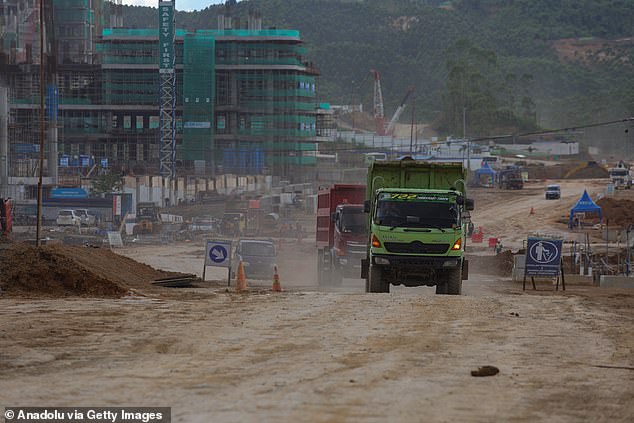
The new 256,142-hectare government city is estimated to have cost $35 billion and employs about 200,000 workers to build it at a site about 2,000 km from Jakarta.
About 200,000 workers are currently building the new city, which covers a whopping 256,142 hectares and is located 2,000 km from Jakarta.
The relocation of the capital Jakarta was first mooted by President Joko Widodo in April 2019, who cited rising sea levels and severe traffic congestion as the main reasons for the move.
About 10.6 million residents live in cities, while 30 million live in metropolitan areas.
Global warming has caused sea levels to rise, leaving approximately 40 percent of the region below sea level.
Experts predict that a third of the city could be flooded by 2050.
Mr Widodo said the new capital will be one “where people are close to every destination, where they can cycle and walk everywhere because there are no emissions”.
“We want to build a new smart metropolis that can be a magnet for global talent and a center of innovation,” he said in a speech outlining the vision.
Nusantara is close to the sea and is in an area with a relatively low risk of earthquakes, tsunamis or volcanic eruptions.
‘Nusantara’, which means ‘archipelago’, is intended to be an eco-friendly model city and will be powered by a 50 megawatt solar power plant with plans to allow only electric vehicles by the end of this decade.
Questions about how the city will be paid remain unanswered, as the Indonesian government has only committed to providing about 20 percent of the funding and is struggling to find other sources of funding.
The new city will be governed by a body called the State Capital Authority, with leadership appointed directly by the president for a five-year term.
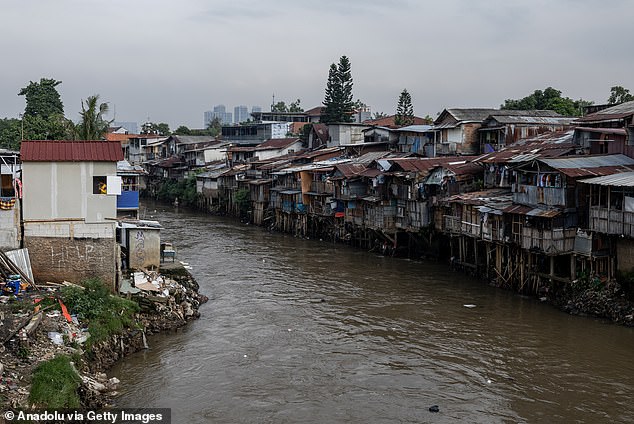
Roads and buildings for the new capital Nusantara, intended to replace the slowly sinking city of Jakarta (photo), begin to flow from the cleared jungle area of the island of Borneo
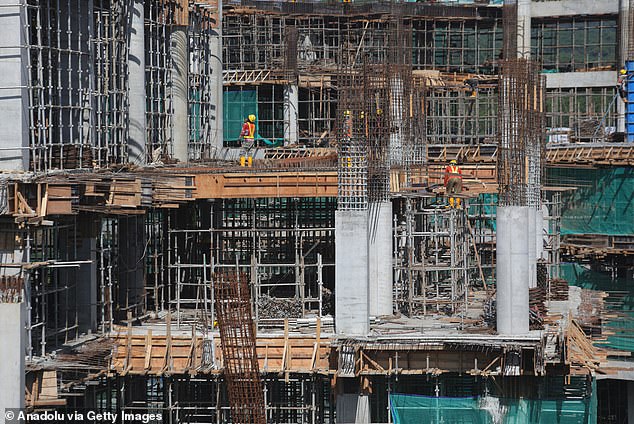
Workers complete construction of a multi-storey building in Nusantara
In purposefully building its capital, Indonesia is following in the footsteps of countries such as Australia and the US.
The Australian Federal Parliament moved from Melbourne to Canberra in 1927 and Washington was established as the capital of the US on July 16, 1790.
More recent capital moves include Malaysia moving its government from Kuala Lumpur to Putrajaya in 2003, while Myanmar moved its capital from Yangon to Naypyidaw in 2006.
Brazil moved its capital from Rio de Janeiro to Brasilia in 1960, while Abuja replaced Lagos as the capital of Nigeria in 1991.
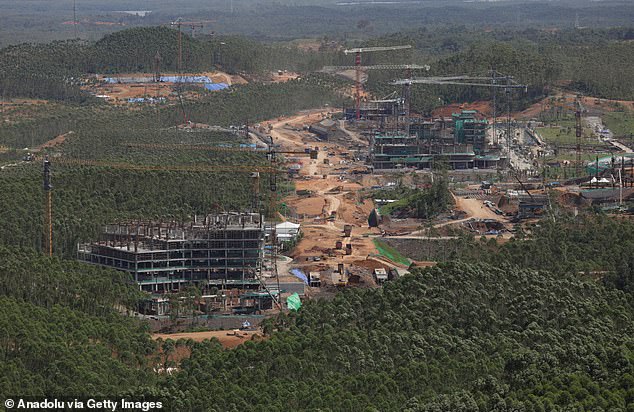
The new city will be governed by a body called the State Capital Authority, with leadership appointed directly by the president for a five-year term.
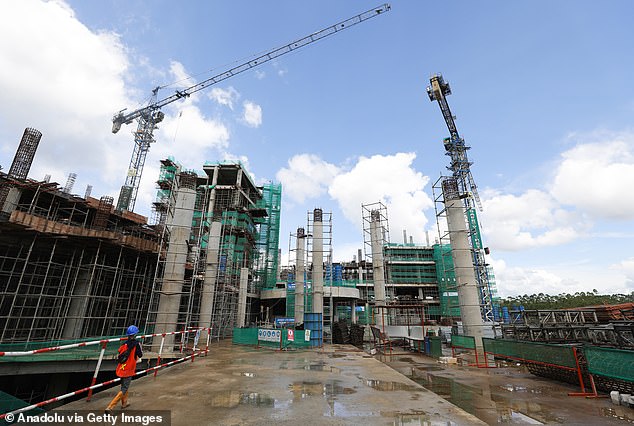
Budget details have not yet been announced in a presidential decree, although previous reports have pegged the project’s cost at $33 billion
